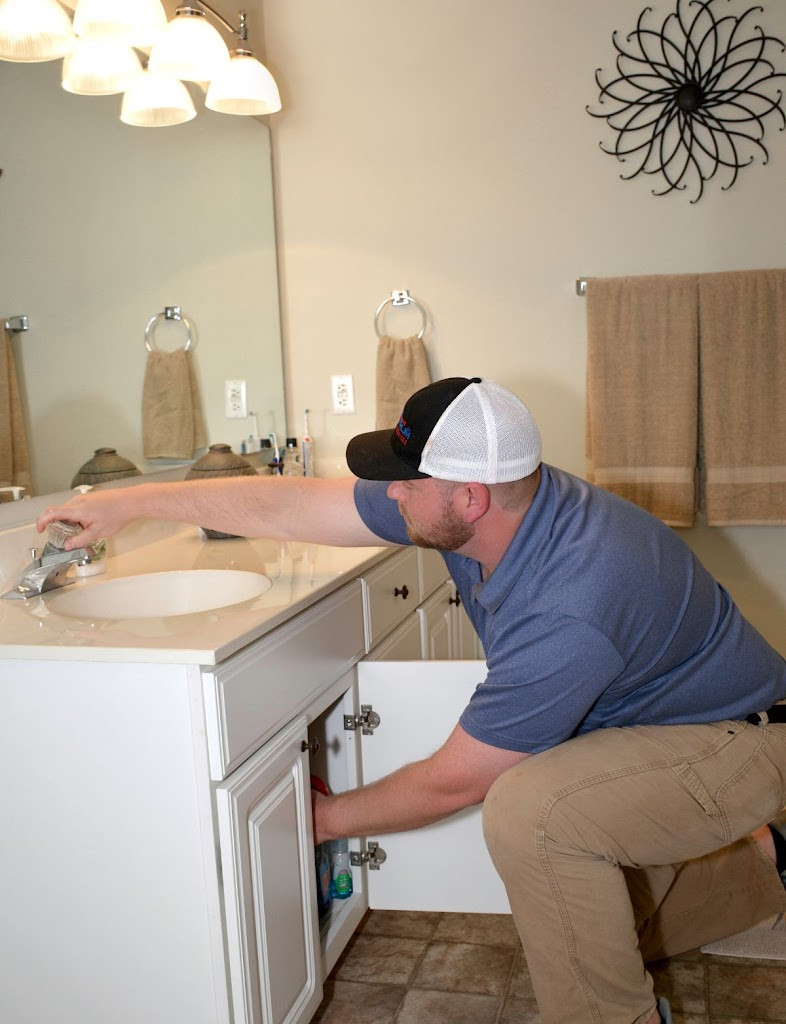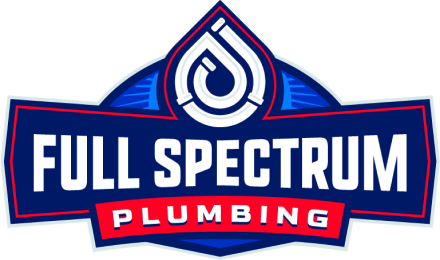Pipes are one of the most important parts of your home. They are what allow you to use water to do things like a shower, wash dishes, and do laundry. When pipes burst, it can be a disaster for your home.
If you're worried about this happening, here are three signs you might need a plumber immediately:
Ice Blockages on the Faucet
Faucets are designed with built-in mechanisms that prevent water from draining out when ice builds up on the faucet. When this happens, the faucet will start to leak and water will continue to run until the ice melts.
If you notice that your faucet is shooting out a lot of water, it might be an indication that ice has built up on the pipe.
How To Deal With Ice Blocks on Your Faucet
What would happen if you had a frozen faucet? It is not always a good idea to keep your faucet running all the time. In order for your faucet to function correctly, it is important that you keep the water level below the ice block and not let it freeze over.
If you are unfortunate enough to have an ice block on your tap, follow these simple steps below:
- Close the faucet by turning the handle in a counterclockwise direction.
- Unscrew your aerator from the end of your tap and remove it completely.
- Clean out your aerator with a toothbrush or other cleaning tool and then use boiling water to clean your faucet.
An aerator is a device in which water filters through bends in the pipe and into the faucet. It also acts as an air release so that when water is released from the faucet, air flows out as well. The cold water freezes first, then it starts to freeze the air inside of your aerator. The ice block then gets bigger and starts to go up into your faucet handle and stops it from turning.
- Finally, screw in your new aerator back on to finish up.
- If you have time, set the temperature of hot water to 120 degrees Fahrenheit which should thaw out the ice block on its own without you having to turn it off and on again.
- If you're concerned about a faucet leaking, it might be best to call a plumber to fix the problem since it's likely that you'll need professional help.
Ice Around Plumbing Pipes
Frozen water can wreak havoc on the plumbing in your home. If you notice any ice appearing around pipes, it's a good idea to turn off the main water supply to your home and call a professional. This is because you may have a frozen pipe or an ice dam under the sink and this is a serious issue that needs to be dealt with as soon as possible.
You’ll know exactly if the pipes are frozen if the temperature of the water in your home is cold and consistent. This means that it is not fluctuating with the temperature outside.
You may also notice small ice pellets or snow particles around your home that could indicate a freeze. It's also important to test the water by filling a glass and pouring it into another container, such as a jar or pitcher, to see if you can see any particles of ice floating in it.
If you do, then there is most likely an issue with your pipes, and should be contacted immediately by a professional.
5 Warning Signs Your Pipes are Frozen
If your pipes are frozen, you'll know it. Here are five common signs that will tell you what to do: Frozen pipes can be very dangerous and leave you with many problems.
Here are five common warning signs that your pipes are frozen:
- Your water is either extremely cold or doesn't come at all
- You hear an intermittent noise when you turn on the tap
- There's a thumping sound when you turn on the faucet
- Your radiators are not getting any heat
- The pipes are extremely hot to the touch If you've noticed any of these signs, it's time to call a professional!
6 Ways to Stop Pipes from Freezing
Here are six ways to stop your pipes from freezing:
- Wrap your pipes in insulation
- Keep a bucket of sand in the closet
- Buy an electric heater
- Make sure you have enough firewood and other sources of heat
- Turn off the main water supply to your home and call a professional.
- Fix any dripping faucets or leaks in your home
In some cases, the pipe may need to be cut and replaced due to irreparable damage caused by the ice blockage. Taking swift action is key in preventing further damage, so it's important to address ice blockages around pipes as soon as possible.
Cold Water Running on Your Pipes on a Hot Setting
One sign your pipes might be about to burst is when the water is too cold to handle. Cold water can cause problems with your home's hot water pipes. When the water pressure in your home starts to drop, you might notice that the temperature in your faucets suddenly drops as well. This can cause a serious problem--if you aren't careful, it can also lead to damage if the pipes burst.
If your pipes are on the verge of bursting, here are a few tips to help you get the situation under control. In most cases, this would mean turning off the cold water main and calling for assistance from your friendly plumber.
The first thing to do is shut off all of your valves before any work starts. This will stop any water that might have been rushing through and should help to keep things in check until an expert arrives on the scene.
Next, you’ll need to identify which pipe is leaking by finding where the leak is coming from. One way to do this would be by using an open-ended wrench to turn the valve on while someone else stands by with a bucket or a bucket of water. This will allow them to catch any water that is rushing out of the pipe and stop it before it reaches your home’s foundation. If you’re unable to locate the source of the leak, call for help from a professional plumber.
Call for Professional Help!
Don't wait for the pipes to burst! Remember, pipes are known for their ability to support the weight of a building, but also for their fragile nature. Worse still, pipes aren't designed for years of use, so it is only a matter of time before one pop.
These warning signs can help you avoid an expensive repair or even worse - a costly disaster. Contact us at Full Spectrum Plumbing Services before things get worse.































